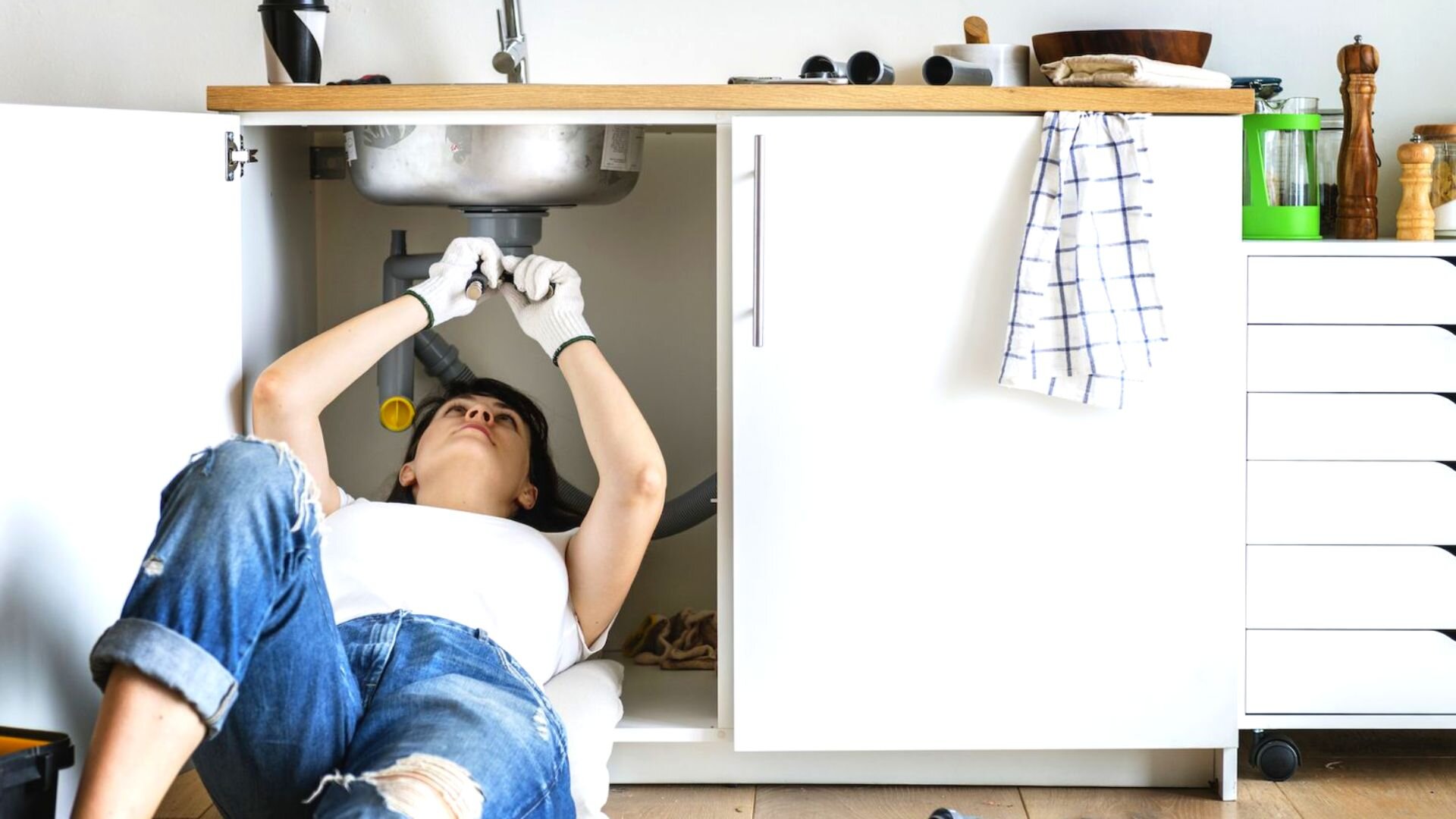
Water damage can happen suddenly and lead to significant problems if not handled quickly. Whether it’s due to a burst pipe, a leaking roof, or flooding, the initial response is crucial for minimizing damage and ensuring effective water damage restoration. Here’s what you need to do first if you’re facing an emergency water situation.
1. Ensure Safety First
Before you do anything, make sure it’s safe to enter the affected area. Water can pose serious risks, including electrical hazards. If the water has reached electrical outlets or appliances, turn off the power to avoid electric shock. If you’re unsure, it’s best to call a professional to handle this part.
2. Stop the Source of Water
If possible, identify and stop the source of the water. This could mean turning off the main water supply if a pipe has burst, or moving away from a leaking roof. Stopping the flow of water is crucial in preventing further damage and making the water damage restoration process easier.
3. Remove Standing Water
Once the source of water is under control, the next step is to remove any standing water. Use a wet/dry vacuum to extract the water from floors and other surfaces. If you don’t have access to such equipment, you can use mops and towels to soak up as much water as possible. The quicker you remove the water, the less likely it is to cause more damage.

4. Dry and Dehumidify the Area
After removing standing water, concentrate on drying out the affected area. Employ fans and dehumidifiers to hasten the drying process. Open windows and doors to enhance ventilation. Thoroughly drying the area is crucial to prevent mold growth and additional damage. This step is essential for effective water damage restoration.
5. Inspect for Hidden Water Damage
Water can seep into walls, floors, and other hidden areas, so it’s important to inspect these places for any signs of damage. Look for warping, discoloration, or a musty smell. If you suspect hidden damage, it’s best to call a professional service. They have the tools and expertise to locate and address these issues effectively.
6. Clean and Disinfect
Once everything is dry, clean and disinfect the affected areas. Water can bring contaminants into your home, so it’s essential to clean surfaces thoroughly. Use a mixture of water and mild detergent to wipe down surfaces, and consider using disinfectants to kill any potential bacteria or mold spores.
7. Document the Damage
Before you start with repairs, document the damage for insurance purposes. Take clear photos of affected areas, including any visible water damage. This documentation will be useful when filing a claim and can help speed up the process of getting repairs covered.
8. Call a Professional
If the damage is extensive or if you’re unsure about handling any part of the water damage restoration yourself, call a professional. Water damage restoration experts have the experience and equipment necessary to handle complex situations and ensure that your home is restored to its original condition.
Conclusion
In summary, responding quickly to water damage is essential for minimizing the impact on your home. Ensure safety first, stop the source of water, remove standing water, dry and dehumidify the area, inspect for hidden damage, clean and disinfect, document the damage, and don’t hesitate to call a professional if needed. Proper and timely water damage restoration can save you from extensive repairs and ensure your home returns to normal as quickly as possible.

